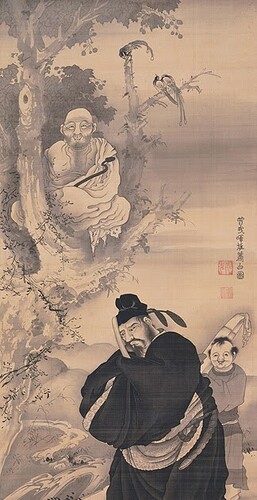It depends on how do you understand the Dhamma, you may think that if there is no “I, my”, nothing will remain. To make it simple, Let’s see some simple examples:
Before you possess the car, there is no “my” in it. Since there is no “my”, you are not in it. If there is anything wrong with the car, you have no trouble. Now because of craving, you bought the car, it becomes “my car”, you are in it. If there is anything wrong with the car, you will be in trouble.
The car itself does not need “I, my” to be exist. It is what it is. With the cessation of “I, my”, “my car” becomes “a car”. There is no more suffering with the car no matter what happens with it. There is no condition that can cause you to suffer because of what happens to the car. If it is “my car” then if someone stole it or damaged it, “I” will suffer.
Do you think that if you forever removed the “my” from the car, you and the car will disappear without anything remaining?
Many children are suffering in Africa but you do not suffer because of that. Why?
Your beloved daughter who is living in Africa is in trouble and you are suffering because of that. Why? What is the function of “atta” in this case? Is this suffering caused by “atta” or simply by that “my” regardless if it is permanent or not?
Form, feeling, perception, volitional formations, consciousness do not need the “I, my” to arise and cease. Without “I, my”, they still arise if there is condition for them to be so. If not, they will not. That is their nature. If we insert “I, my” into them, we will suffer because of their changing nature. What do they change? They change from pleasant to unpleasant feeling, good to bad…When we cling to them, we cannot detach from them so they will bring suffering to us.
What we called “I” is simply “form, feeling, perception, volitional formations, consciousness.” We insert “I” into them so “I” will suffer. When we have “I”, we will have “my” and vice versa.
It is hard for someone who is drowned in craving to see the Dhamma. The Buddha said:
“I considered: ‘This Dhamma that I have attained is profound, hard to see and hard to understand, peaceful and sublime, unattainable by mere reasoning, subtle, to be experienced by the wise. But this generation delights in attachment, takes delight in attachment, rejoices in attachment. It is hard for such a generation to see this truth, namely, specific conditionality, dependent origination. And it is hard to see this truth, namely, the stilling of all formations, the relinquishing of all acquisitions, the destruction of craving, dispassion, cessation, Nibbāna. If I were to teach the Dhamma, others would not understand me, and that would be wearying and troublesome for me.’ MN26
